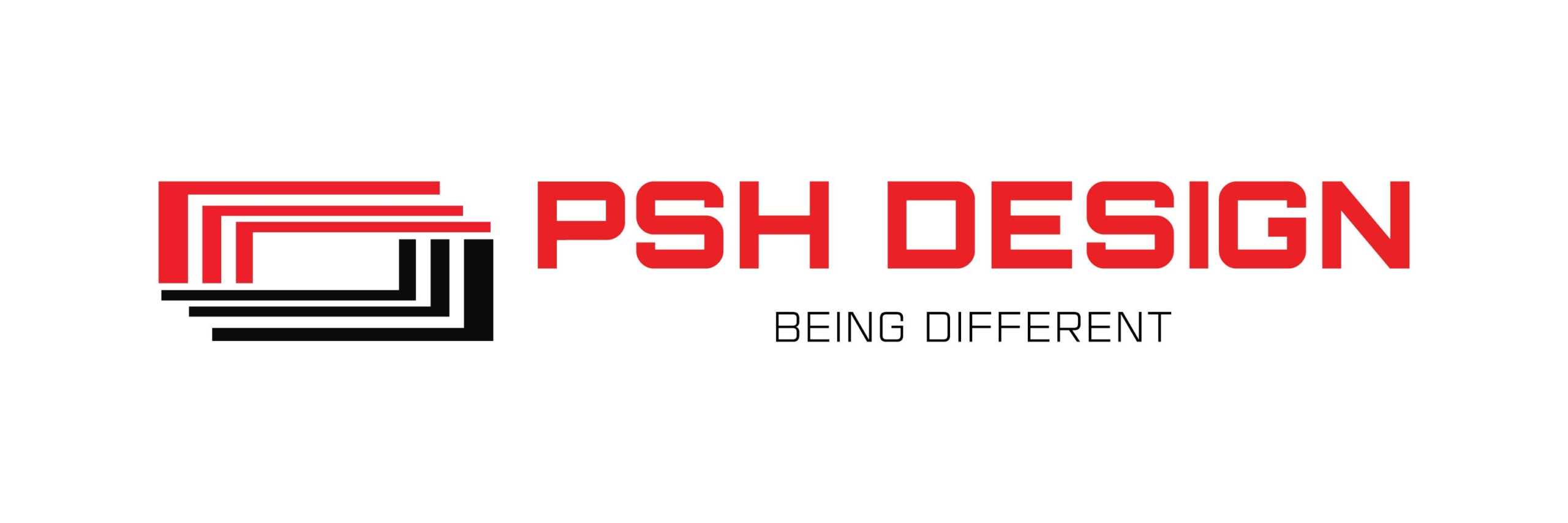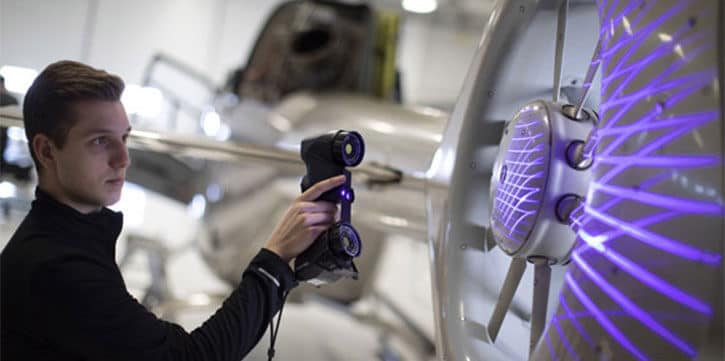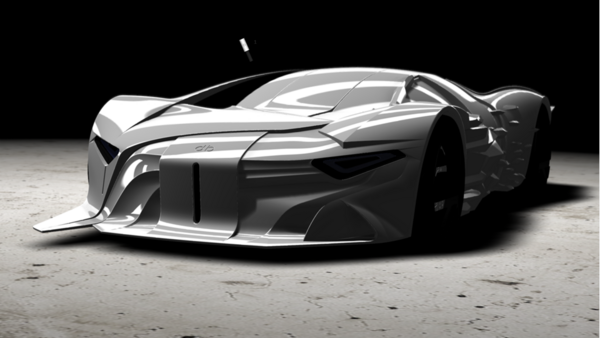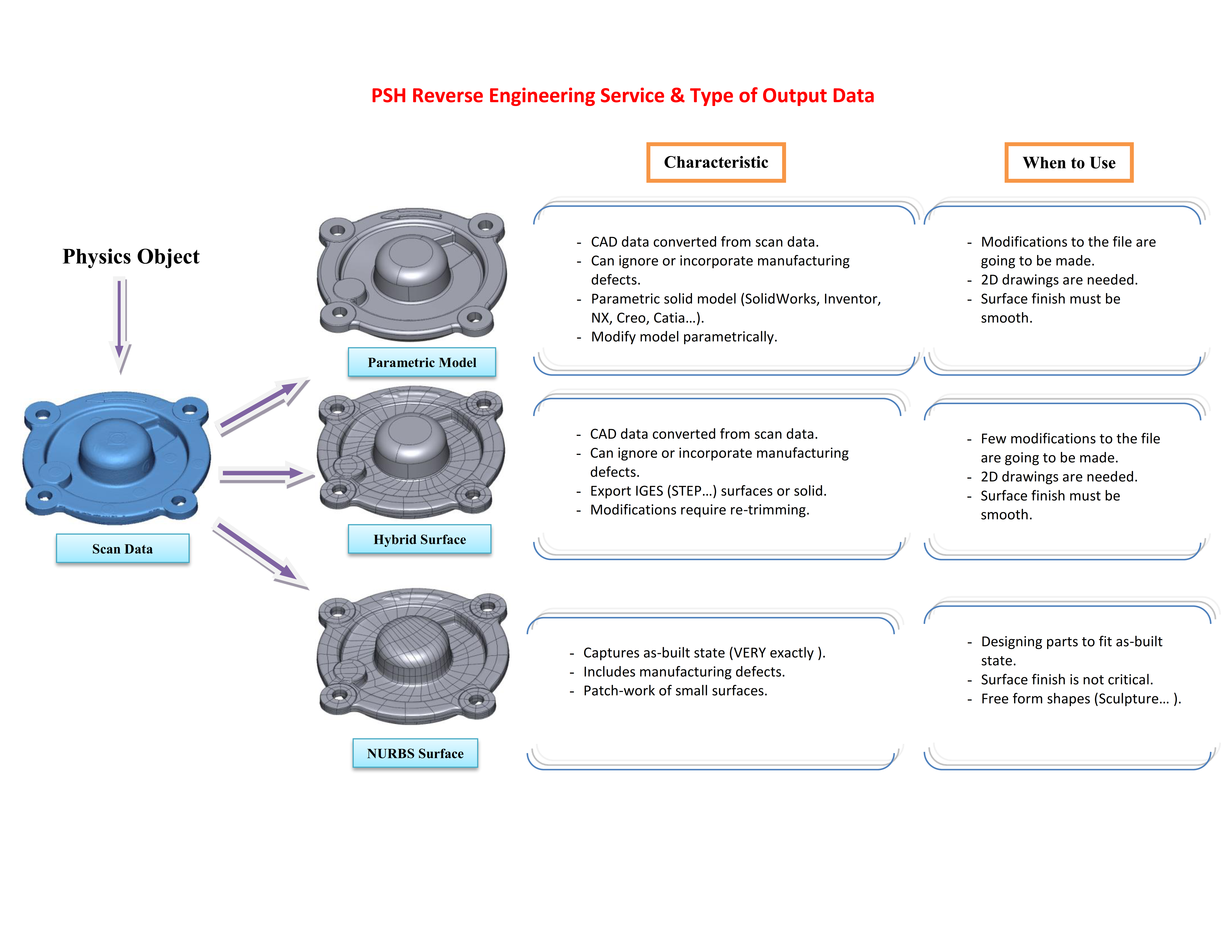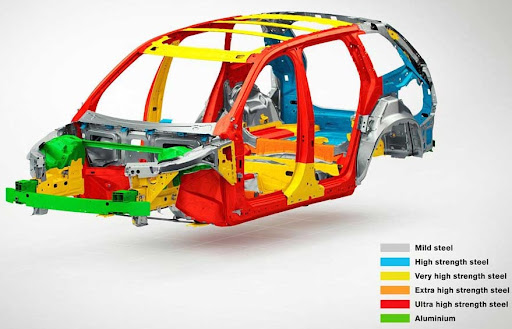How 3D Laser Scanning Is Speeding Up Reverse Engineering
Reverse engineering once was a complicated process that required hours of disassembly, detailed measurements, and the painstaking process of examining each part and piece of a product. Today, the reverse engineering process moves into the fast lane thanks to revolutionary concepts like 3D laser scanning.
The goal of reverse engineering is to gain an exact blueprint of an item to recreate that item from the ground up. Whether the item is a toy or a complex automotive part, reverse engineering gives companies an inside look at how items and parts are made. The process is also helpful to create a digital blueprint for parts that don’t have CAD data available for them. To speed up the process and reduce the manpower required for traditional reverse engineering, 3D laser scanning is here to save the day.
Lightning-Fast, Detailed Specs
Reverse engineering is typically more about analyzing the specifications of a product and how it is made, more than simply grabbing a blueprint of an item to make a quick reproduction. When detail is required, companies are faced with using up endless hours of manpower or choosing a faster option – analyzing the item with a 3D laser scanner.
3D laser scanners provide data that is nearly identical to the original piece, along with detailed information about its dimensions and the materials it is made from. With such comprehensive data, conclusions and insights can be made regarding an item’s strong points and vulnerabilities. From there, companies can improve the product by using the data to inform decision-making around prototype and product creation.
Instant Creation of CAD Files
The CAD significantly factors into product development these days because of its efficiency. Whereas prototyping used to require countless hours of manpower, several iterations of a product for testing, and a final prototype before a production run, with CAD files, prototypes can be fleshed out digitally – and fast.
With CAD files, prototype simulation all but eliminates the time-consuming and expensive trial and error of traditional prototyping. Based on computer simulations, improvements to a piece can be made on the fly until the product is refined to its ideal specs. But all of this requires the CAD file.
In order to produce CAD files the fastest way possible, 3D laser scanning is the best method around. Thanks to the instant real-time nature of the scanning process, CAD files are created simultaneously to the scanning process itself. Using a 3D laser scanner to create the CAD information, two processes – reverse engineering and digital file creation – occur simultaneously.
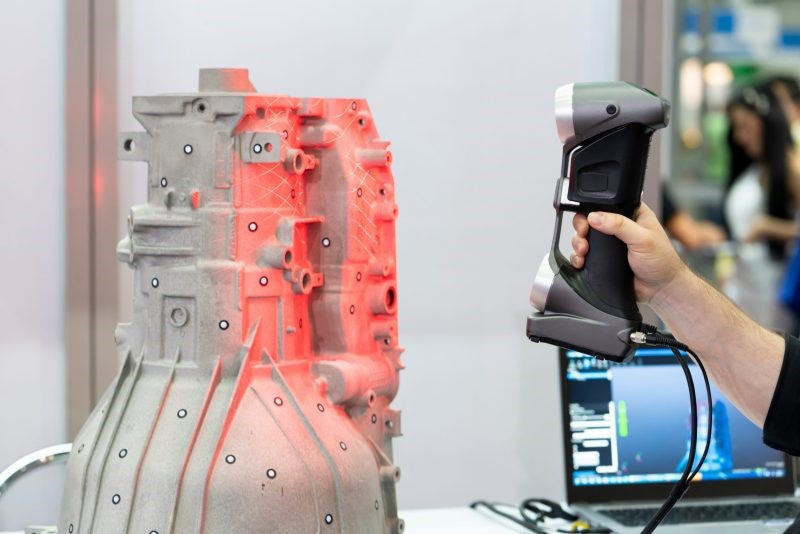

Time Reduction for the Research and Development Phase
Companies traditionally spend a significant amount of time on research and development. If part of the R&D phase is reverse engineering to modify an existing part to desired specs or to create a part starting from a singular design, a lot of time is allocated to this goal. With 3D laser scanning, however, this time allocation can be dramatically reduced.
As soon as an object is scanned, the research and development team has an instant file to begin testing, working with, and redesigning. They can make adjustments, craft a digital prototype, and come up with a product that fits their needs and requirements in a fraction of the time. With 3D laser scanning, the process of taking a product apart, rebuilding it, and creating a file of measurements and specs occurs simultaneously. Now, what used to be a three-part process occurs in one step, and the only time required to complete it is however long it takes the operator to scan the object.
Thanks to 3D laser scanning, research and development teams can speed through the initial reverse engineering, data input, and reconstruction phases and dive headlong into product creation.
Author: Christine Evans, Director of Product Marketing & Content Strategy at Fictiv, an on-demand manufacturing company. Over the past six years, Christine has grown Fictiv’s popular Hardware Guide and Digital Manufacturing Resource Center, with over 2,000 teardowns, DFM guides, and mechanical design articles to help democratize access to manufacturing and hardware design knowledge.
(Source: https://metrology.news/how-3d-laser-scanning-is-speeding-up-reverse-engineering/)
